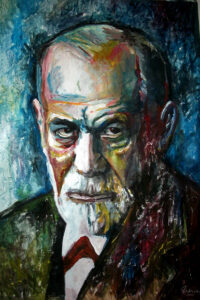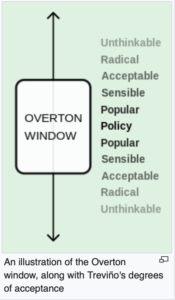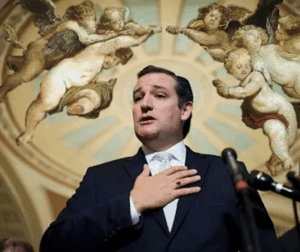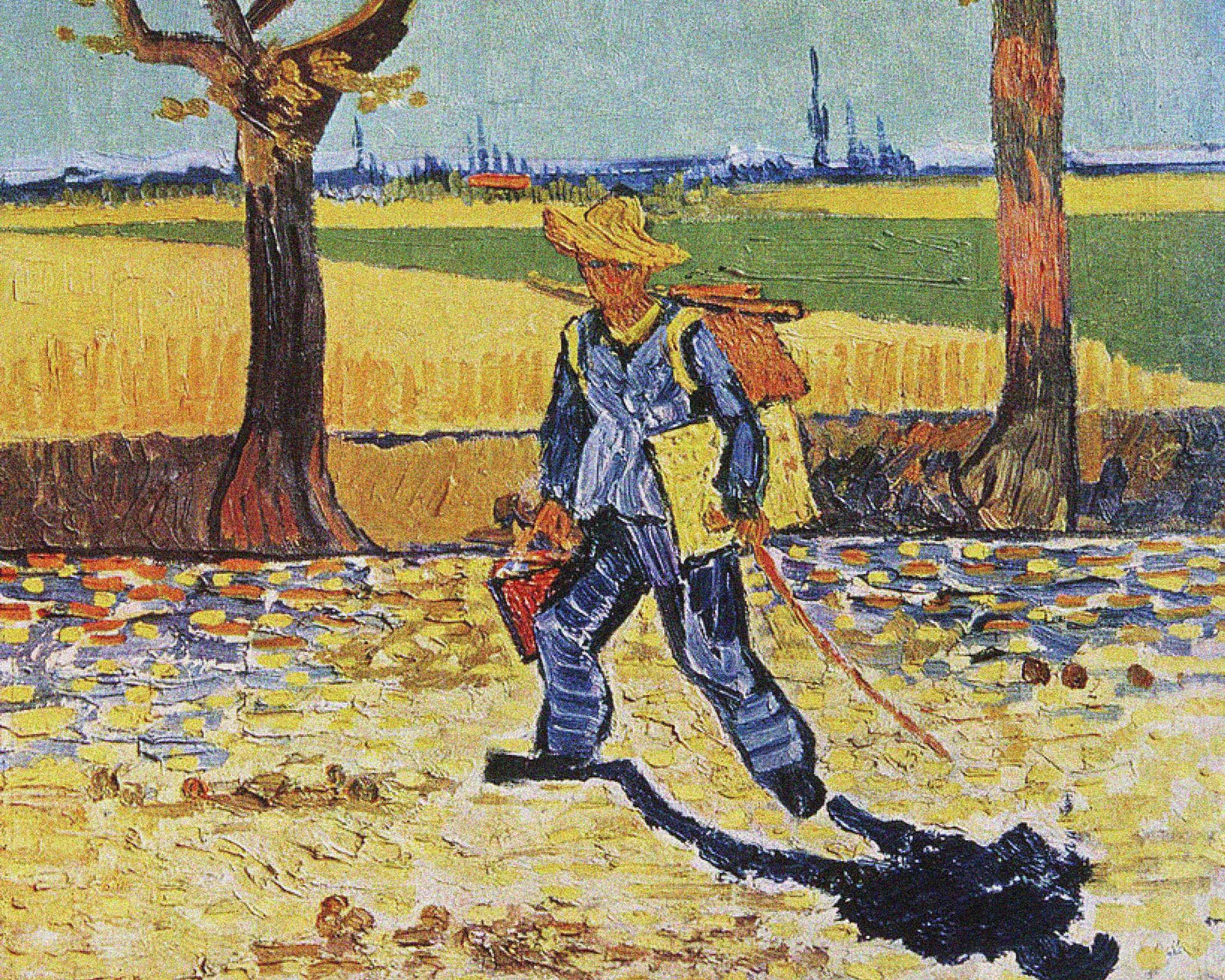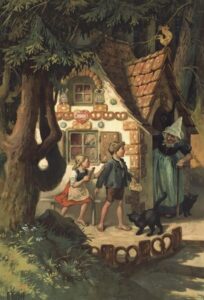 The videos I recently embedded about Snow White and Hansel and Gretel—and I’ll embed more about other stories—make me think.
The videos I recently embedded about Snow White and Hansel and Gretel—and I’ll embed more about other stories—make me think.
One of the reasons I don’t belong to Men Going Their Own Way (MGTOW), even though I’ve been an incel my whole life, is because it’s made up of effeminate men. Real men try to take power to win back their white women by changing the treacherous laws (like Nick Fuentes advises his Groypers to infiltrate institutions, or like I advise them to read The Turner Diaries).
Something similar could be said about child abuse. One baby step toward solving the problem is to point out that the tales of the Brothers Grimm and Charles Perrault contain great wisdom on the subject, but were censored by changing the original word “mother” to “stepmother” due to the Christian commandment to honour our parents (Greek tragedies, written before the Christian upheaval, depicted horrible mothers without needing to transfer their image to a stepmother).
The pages from my autobiographical book, Hojas Susurrantes, published yesterday in The Occidental Observer, are just the tip of the iceberg of the problem (the “mental health” professions actually side with the perpetrators). These devouring mothers continue to exist today. As I confess in one part of my trilogy, after reading my Letter to mom Medusa a female friend told me that, although infanticide is no longer practised in the West, parents are still allowed to murder the souls of their children (producing broken minds, so-called “schizophrenias,” etc.).
This topic clearly relates to the sacred words, not just the four, but all fourteen. I’ve already mentioned that William Pierce’s problems with his son, Don Black’s with his, and even David Irving’s with his daughter who developed schizophrenia, are—my educated guess—related to having mistreated their children. We can only imagine what would have happened without that mistreatment! Instead of betraying the cause, Pierce’s and Black’s sons, for example, could now be a great force for good; and Irving’s daughter would be alive and able to help safeguard her father’s legacy.
The psychological devastation caused by parental abuse is an infinitely more taboo subject than the most radical racism. The US, for example, allowed George Lincoln Rockwell to flourish (one of his own group assassinated him). This doesn’t happen with the trauma model of mental disorders. There isn’t a single academic department in the world that addresses this topic! That’s why I believe I must continue translating my trilogy.
Ultimately, the goal of this site is to show that the four words are the other side of the fourteen. For example, our friend Tyrone Joseph Walsh, who used to comment here, is now in a UK prison. Before his sentencing, when he wasn’t yet incarcerated, I suggested he flee to Mexico. He refused because Joseph idealised Charles Manson and others who had been imprisoned (Manson was also horribly abused by his mother as a child).
If our friend had written a trilogy like mine, he would be free now (it’s easier to damage the System from outside prison than from inside). The fact is, Joseph didn’t internally process the damage inflicted on him at home when he was a teenager.
Children’s fairy tales, once a literary detective discovers they were altered due to the Fourth Commandment, are very wise. They are a coded language of what I now write in a way that is more understandable to our time. But I seriously doubt that the readers of The Occidental Observer, who are now reading those few pages of my Hojas Susurrantes, can conceive of the size of the iceberg that lies beneath such a small ridge of ice.
